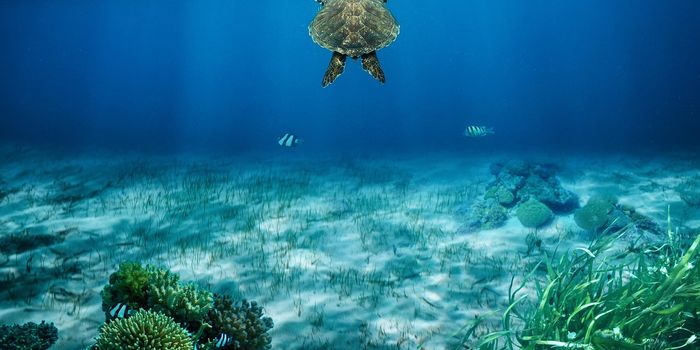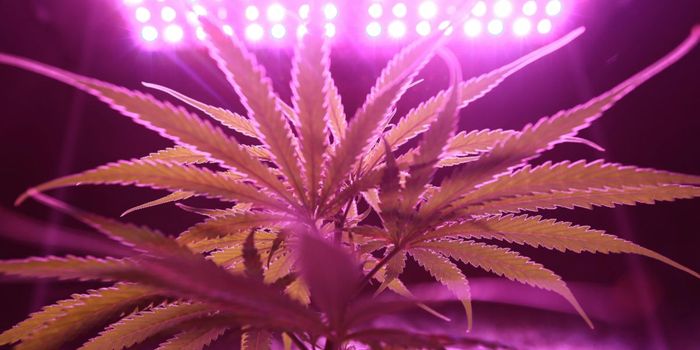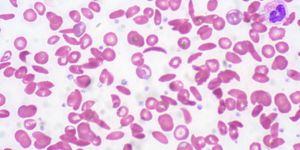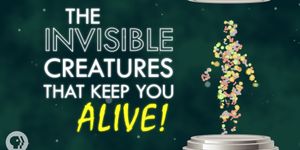A Misidentified Snake Turned Out to Be a Whole New Species
International scientists have identified a new species of snake in Costa Rica that appears to have flown under the radar for over a century, being misidentified because of characteristics that make it look similar to another species of snake.

Image Credit: University of Central Florida
The findings, which have been published in the journal Zootaxa, reveal that the new species of snake, the Talamancan Palm-Pitviper, has been misidentified as a Black-Speckled Palm-Pitviper since both snakes are similar-looking with nearly identical color sequences.
Despite the fact that they’re similar-looking, the scientists note that there are major genetic differences between the two species that are enough to set them apart. Interestingly, had it not been for natural history museums, the researchers say there may not have been a way to set them apart as they have.
"It's a really interesting phenomenon," said University of Central Florida biologist Christopher Parkinson, the lead of the study.
"It shows some of the complexities we deal with when cataloging biodiversity and underscores the importance of maintaining natural-history collections. Discovering this species would not have been possible without the specimens housed in natural-history museums."
Interestingly enough, the venom from the Black-Speckled Palm-Pitviper contains a toxin that has never been seen in the venom of a non-rattlesnake species before, but the venom of the newly-discovered Talamancan Palm-Pitviper has yet to be studied.
The long-standing misidentification means that anyone who gets bit by one of the snakes could actually get the incorrect treatment because they could have completely different venom characteristics.
Moreover, the discovery shows that there are still many species out there that have yet to be discovered, and many of them are hiding in plain sight, simply misidentified because they look so similarly to others.
The study notes that the constant development of virgin land continues to destroy animal habitats, and when this happens before scientists get the chance to study the life forms that live there, things like this can happen more frequently.
Source: Phys.org








